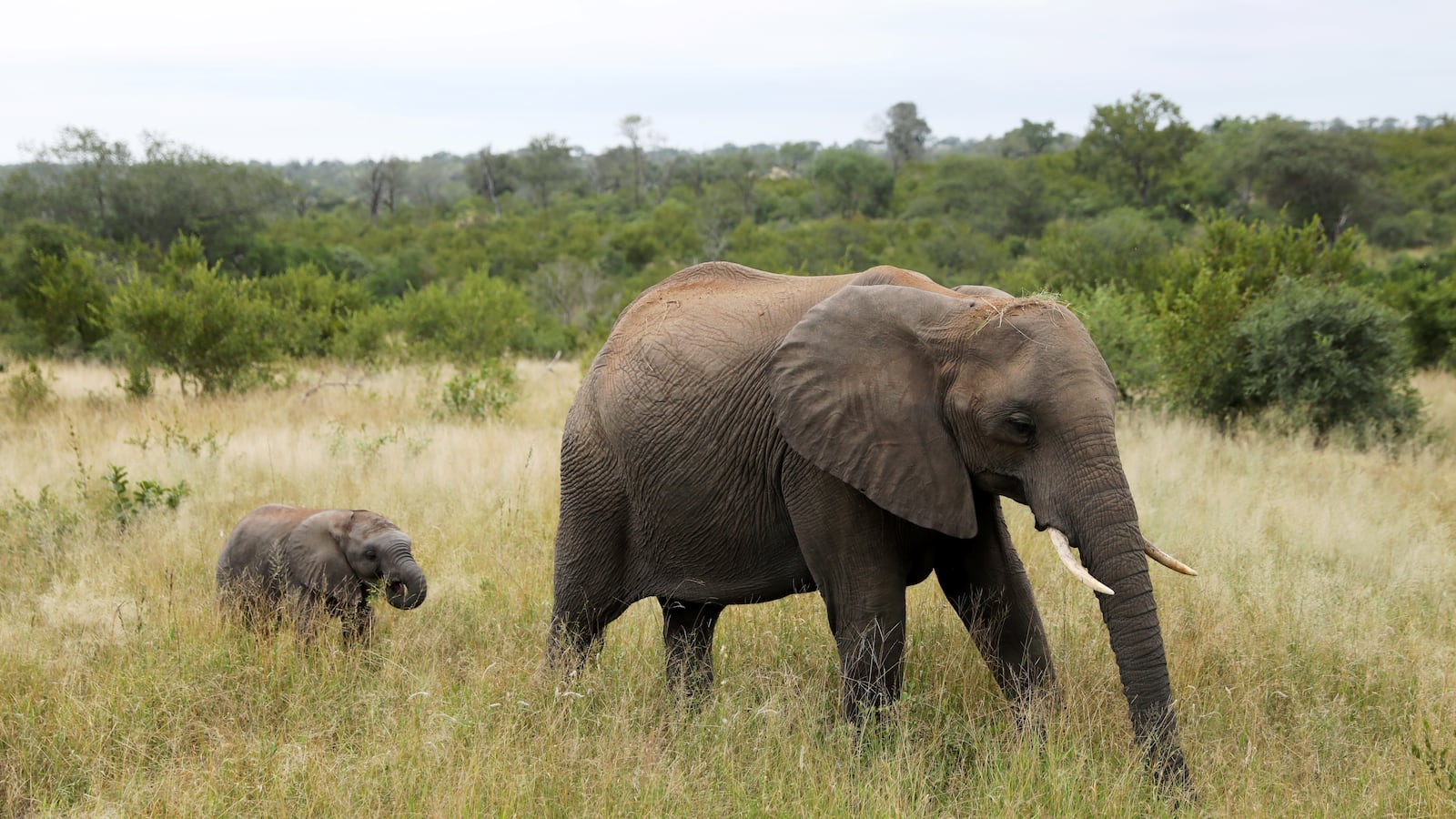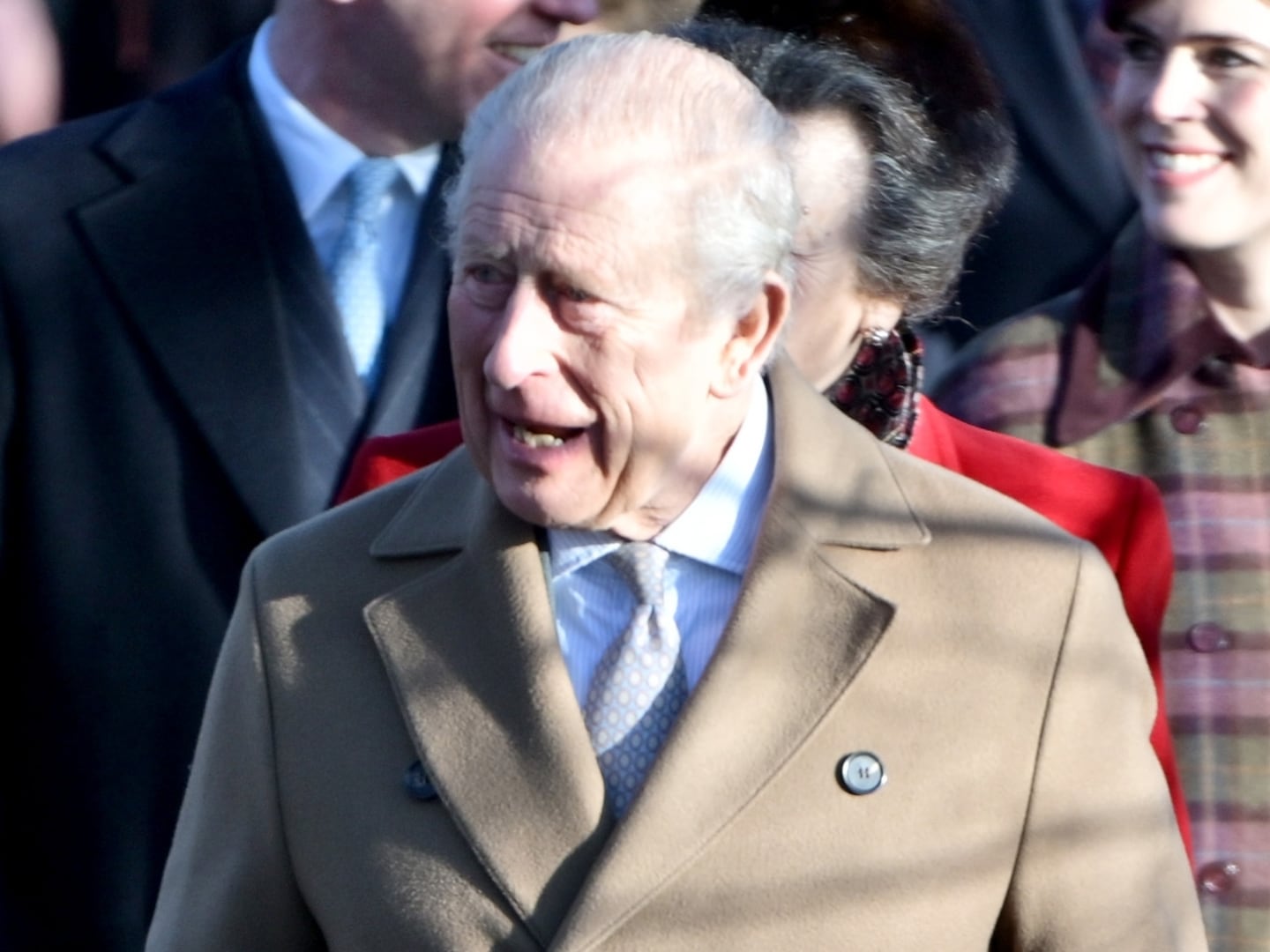Nature is in the worst shape in all of human history and we’re the ones responsible for it.
“Boy, we are in trouble,” said Sir Robert Watson, chairman of the Intergovernmental Science-Policy Platform on Biodiversity and Ecosystem Services, as he described an “ominous” global picture in which “the health of ecosystems on which we and all other species depend is deteriorating more rapidly than ever.”
He was introducing a landmark 1,500-page United Nations report in Paris on Monday. The assessment states that 1 million of the 8 million known plant and animal species on Earth are now at risk of extinction—many within decades, a rate “unprecedented in human history.”
“We are eroding the very foundations of our economies, livelihoods, food security, health, and quality of life worldwide,” Watson added.
Hundreds of scientists and authors from more than 50 countries spent three years compiling the report, which is set to be published in its entirety this year.
Here, the most troubling findings:
The ‘Web of Life’ on Earth Is Fraying
More than 40 percent of amphibians, 33 percent of coral reefs, and more than a third of all marine mammals on the planet are now threatened with extinction.
That comes with financial consequences, according to the report: The loss of wild bees and other pollinators has put $577 billion in annual crop production at risk.
“Ecosystems, species, wild populations, local varieties and breeds of domesticated plants and animals are shrinking, deteriorating or vanishing. The essential, interconnected web of life on Earth is getting smaller and increasingly frayed,” said Josef Settele, who co-chaired the assessment. “This loss is a direct result of human activity and constitutes a direct threat to human well-being in all regions of the world.”
Humans Are Causing It
By farming, fishing, mining, and logging, humans have turned the world into a more dangerous place for every species.
“We have reconfigured dramatically life on the planet,” said Prof. Eduardo Brondizio, of Indiana University.
Urban areas the world over have more than doubled in size since 1992, driving up pollution. Plastic pollution alone has increased tenfold and greenhouse-gas emissions have doubled since 1980, according to the report. The report points to several human causes of accelerating species extinction rates, including exploitation of organisms, climate change, pollution, and invasive alien species.
“300-400 million tons of heavy metals, solvents, toxic sludge, and other wastes from industrial facilities are dumped annually into the world’s waters, and fertilizers entering coastal ecosystems have produced more than 400 ocean ‘dead zones,’” areas so deprived of oxygen they cannot reliably support marine life, the assessment claims.
Most Global Sustainable Development Goals Will Fall Short
The world is unlikely to meet 80 percent of the sustainable development goals adopted by all United Nations member states in 2015 because of current negative trends in biodiversity and ecosystems. Those 2030 goals—related to poverty, hunger, health, water, cities, climate, oceans, and land—all will be directly affected by the loss of biodiversity anticipated by the report.
Without Drastic Change, Negative Trends Will Continue Through 2050
Thanks to climate change and increasing land use these extinction trends will continue through at least 2050 at their current trajectory.
“We need to change the way we think about what a good life is, we need to change the social narrative that puts an emphasis on a good life depending on a high consumption and quick disposal,” Prof. Sandra Diaz, one of the co-chairs of the report, told the BBC.
“We need to shift it to an idea of a fulfilling life that is more aligned with a good relationship with nature, and a good relationship with other people, with the public good.”
It’s Not Too Late
The new U.N. report followed another assessment six months ago from the Intergovernmental Panel on Climate Change, which cautioned that the world has less than 12 years to avoid catastrophic levels of global warming.
“It is not too late to make a difference, but only if we start now at every level from local to global,” Watson said. “Through ‘transformative change,’ nature can still be conserved, restored and used sustainably—this is also key to meeting most other global goals. By transformative change, we mean a fundamental, system-wide reorganization across technological, economic, and social factors, including paradigms, goals, and values.”






